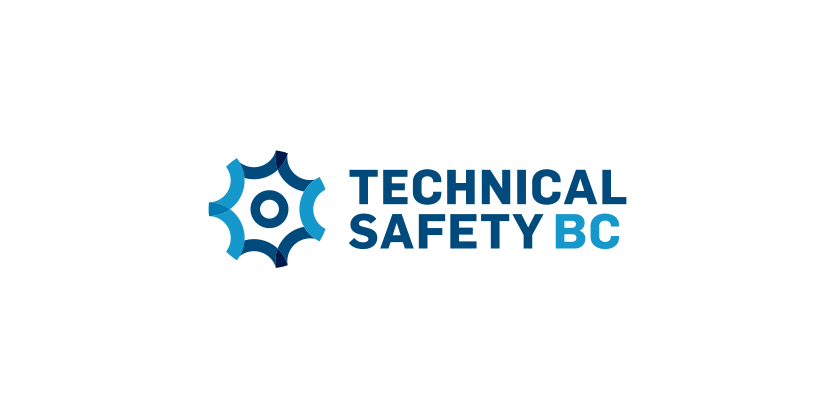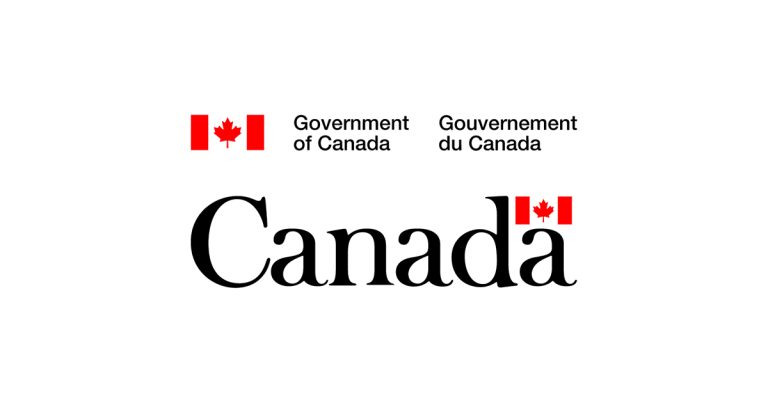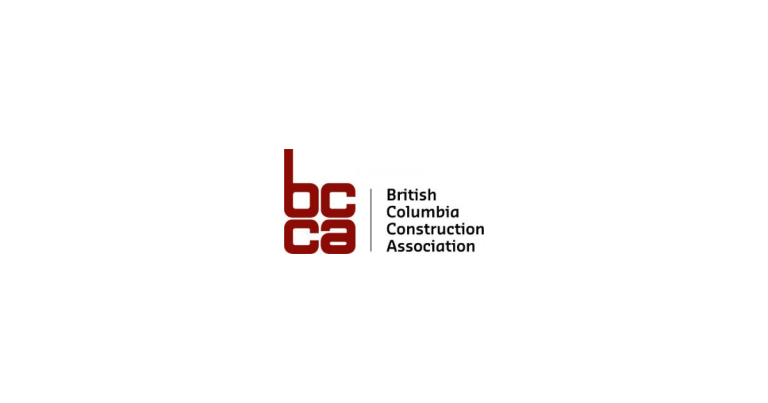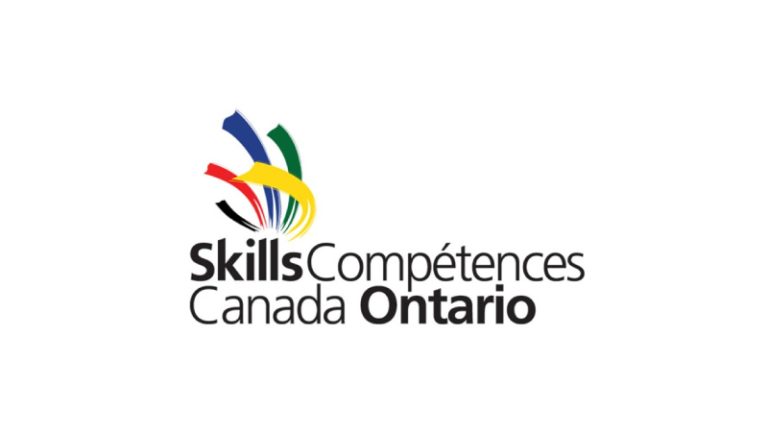TSBC Releases Latest State of Safety and Annual Report, Highlighting the Danger of Hiring Unlicensed Workers

August 8, 2023
Technical Safety BC released its 2022 State of Safety Report and Annual Report. The reports detail the safety challenges that have impacted British Columbians over the past year, including the ongoing climate crisis, as well as safety priorities that have emerged as the province continues to adapt to a post-pandemic normal.
“Safety is a shared responsibility. At its core, people make up the safety system. It’s about how our faults, ingenuity, and decision-making intersect and interact with the equipment and systems we rely on,” said Phil Gothe, President and Lead Executive Officer at Technical Safety BC. “This year our team investigated 81 incidents caused by unsafe conditions created by unqualified workers, system failures, lack of awareness, or poor asset management choices. These investigations allow us to share our learnings and recommendations to help prevent similar occurrences.”
The safety priorities identified in this year’s State of Safety Report include work by unlicensed individuals, the potential dangers of working near gas lines, and the impacts of climate change and extreme weather.
Unlicensed Workers Continue to Cause Unsafe Conditions
In 2022, Technical Safety BC investigated multiple incidents caused by unsafe conditions created by unqualified workers, many who are advertising on social media as “handy people” with the skills to complete renovations cheaply. However, hiring unqualified workers, particularly for gas and electrical work, can lead to costly repairs, voided insurance, and serious risks and hazards to public safety. To help British Columbians verify that contractors are licensed and have a history of safe work, Technical Safety BC launched an updated Find a Licensed Contractor online registry with over 10,000 licensed contractors. In addition, licensed contractors must now include their Technical Safety BC licence number when advertising services.
An Underestimation of the Potential Dangers When Working Near Gas Lines
Technical Safety BC investigated 24 reports of gas leaks from damaged gas lines in 2022, including seven incidents that resulted in explosions causing extensive damage to buildings and infrastructure, and multiple injuries. The investigations showed that the individuals conducting the work may not have understood the risks or potential consequences of damaging underground gas lines.
Climate Change and Extreme Weather May Be Influencing Unsafe Decisions
Extreme weather and climate change are impacting communities around the province. In 2022, there was an increased number of incidents that were the result of poor safety behaviour, including using outdoor appliances indoors when trying to heat homes, and installing unsafe, overloaded, or unpermitted electrical systems to power equipment such as heat pumps and electric vehicle charging stations.
“Climate action continues to be a top priority for our organization. We have developed a climate hazard inventory to help us identify technical vulnerabilities and safety hazards that may result from a flood, wildfire, heatwave, or other extreme weather event,” said Gothe. “In addition, we are working to educate and support our safety partners with the safe adoption of low carbon-technologies.”
The State of Safety report shares data and trends of technologies overseen by Technical Safety BC, including charts and stories that showcase the work the organization did in 2022 to improve safety in British Columbia.
Additional State of Safety highlights include:
- With 10 reported incidents and seven injuries related to carbon monoxide (CO) in 2022, CO continues to be a dangerous hazard in BC.
- A three percent decrease year-over-year in installation permits, including a 19% decrease in installation permits under the boilers, pressure vessels and refrigeration technology, and a 12% decrease for installation permits in the gas technology, possible indicators of the economic slowdown and effect of fewer housing starts.
- In total, 112,645 operating permits and 155,620 installation permits were issued. These numbers reflect a six percent increase and three percent decrease, respectively, from 2021.
- In-person physical assessments returned as public health restrictions continued to ease. Of the 56,910 assessments completed in 2022, 30,023 were physical, in-person assessments. In 2022, 52% of assessments were in-person, compared to 46% in 2021 last year.
View the State of Safety 2022 Report
View the 2022 Annual Report









![Guide to the Canadian Electrical Code, Part 1[i] – A Road Map: Section 52 — Diagnostic imaging installations](https://electricalindustry.ca/wp-content/uploads/2022/11/Guide-CE-Code-2.png)






